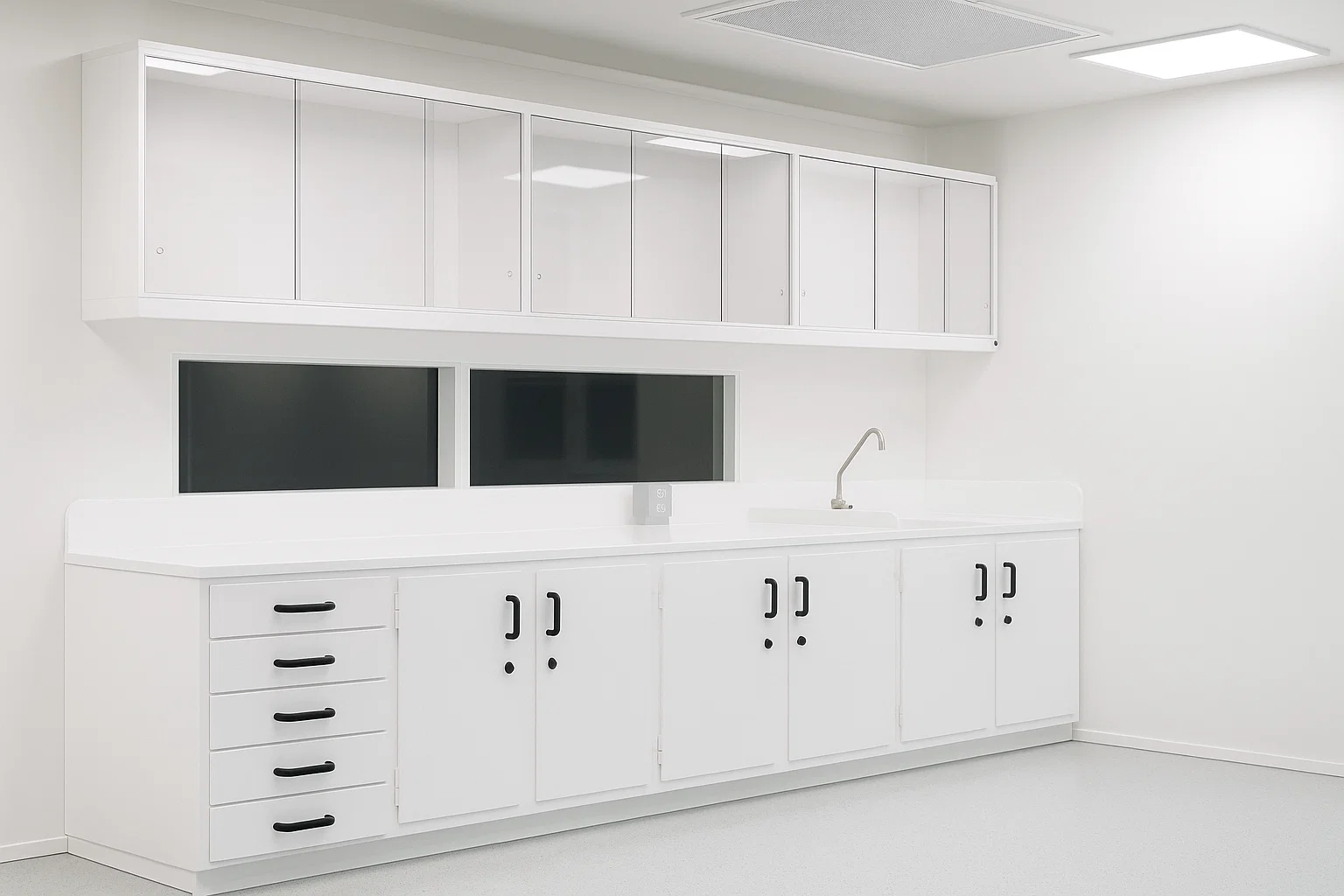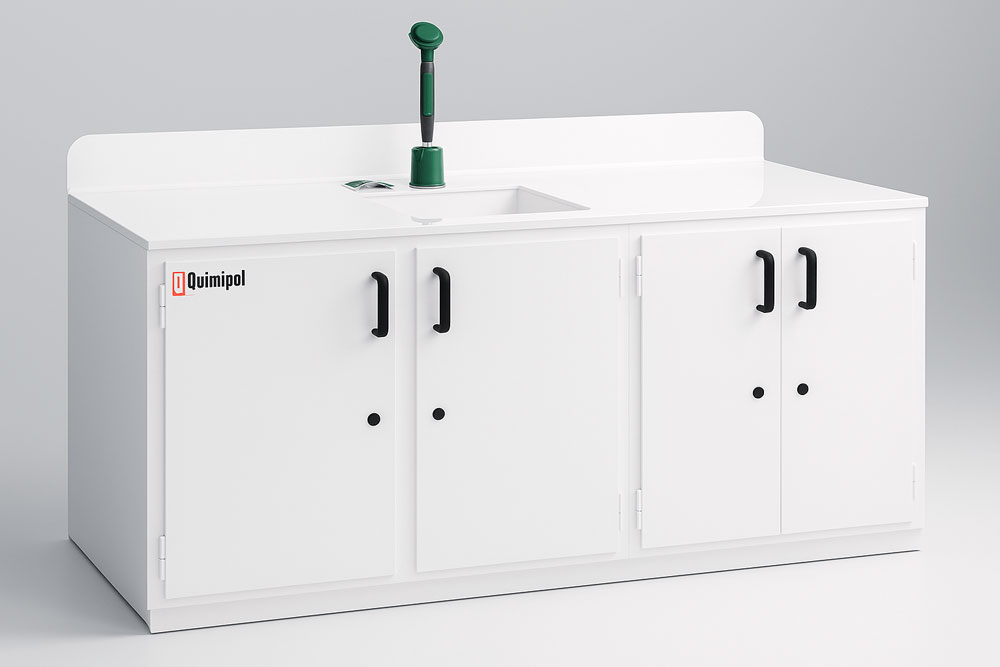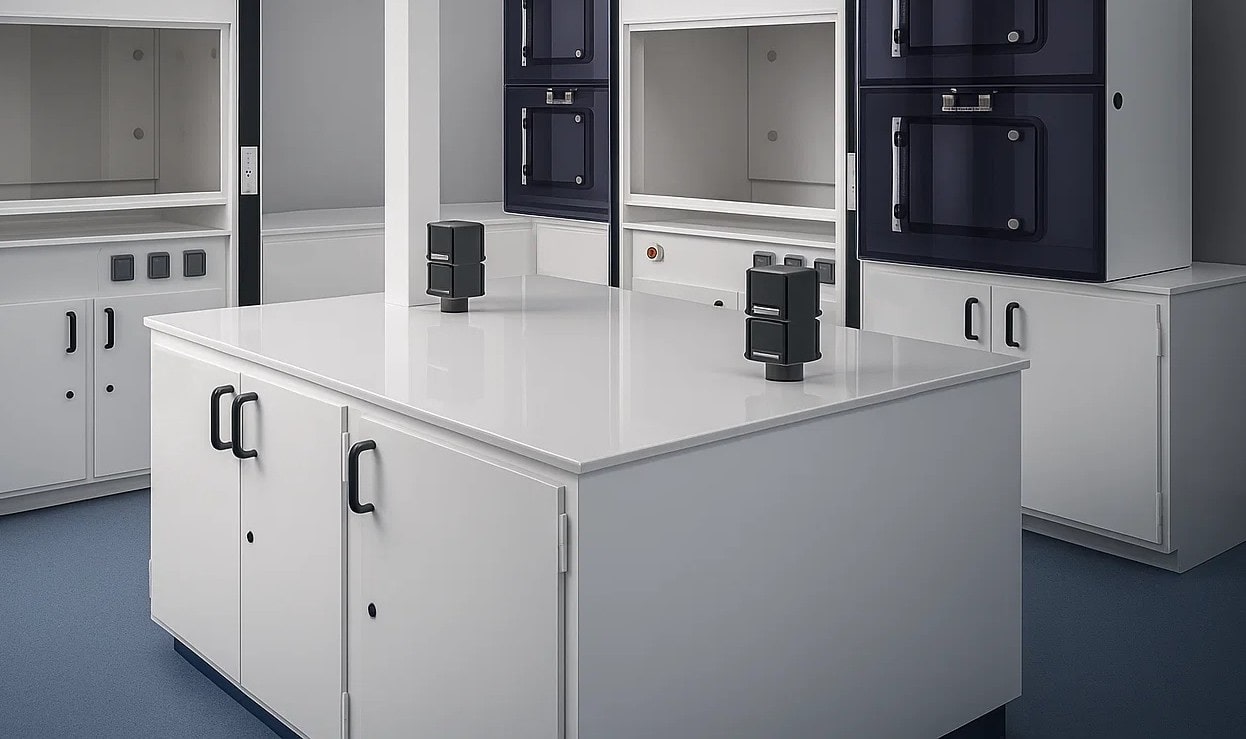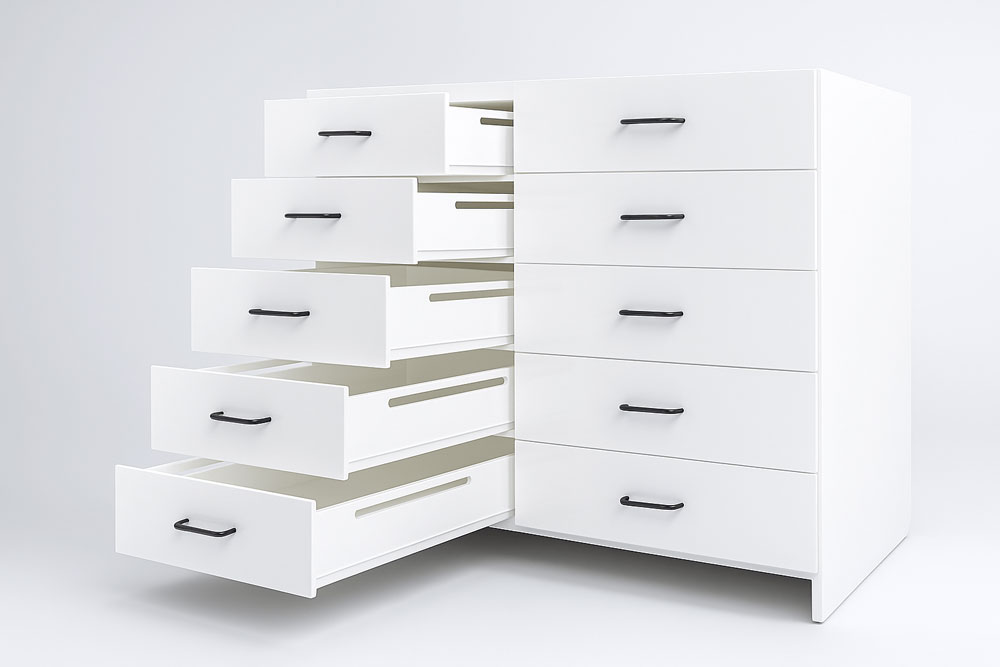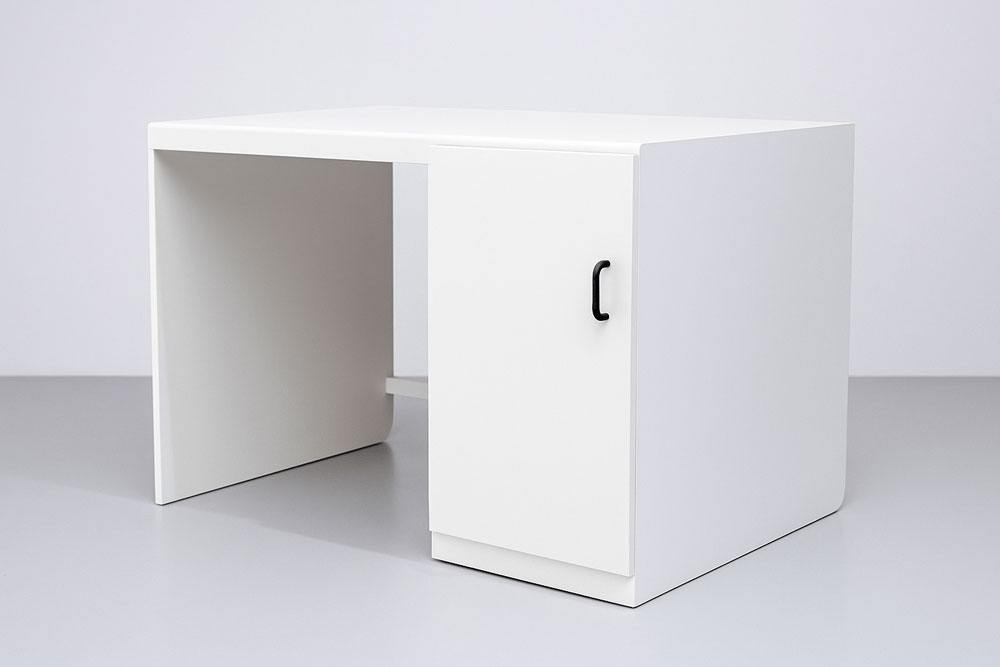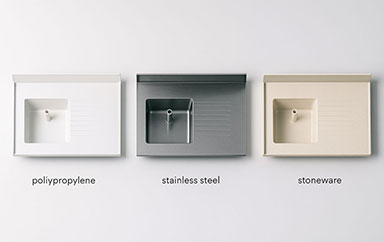Why is polypropylene used in laboratory furniture?
Polypropylene is not just “plastic.” In the laboratory, its value lies in how it behaves against chemical agents, humidity, frequent cleaning, and particle control. It is chemically inert to most diluted acids and bases and many oxidants; it does not oxidize, does not delaminate, and requires no coatings that end up peeling off. In addition, its moisture absorption is extremely low, which reduces warping and swelling problems typical of HPL or technical woods in areas with intensive washing.
Polypropylene (PP) furniture is ideal for corrosive environments, chemical and pharmaceutical laboratories, research centres and controlled environment rooms that require daily cleaning with isopropyl alcohol or specific detergents.
PP does not discolour or stain easily and, as it has no exposed metal, the usual weak points disappear: hinges that rust, screws that sulphate and guides that jam.
In addition, polypropylene is thermo-fusible. This allows for modules and joints without visible seams, minimizing joints and edges where dirt can accumulate. That continuous surface changes day-to-day maintenance: fewer niches, less touch-up work, and fewer “downtimes” to restore furniture to its original state after each shift.
Chemical resistance in real conditions: acids, alkalis, and solvents in daily use
In a laboratory, the question is not whether it “resists,” but rather what, how much, and for how long. PP performs very well against mineral acids (e.g., HCl and H₂SO₄ at standard lab concentrations), strong bases (NaOH), and common oxidants (bleach/NaOCl). With solvents like IPA, performance is excellent; with strong ketones (acetone) or aromatics, the typical recommendation is limited exposure and prompt cleaning — a matter resolved through work procedures and secondary trays.
Beyond the visible surfaces, where PP truly makes a difference is in the overall assembly:
- 100% polypropylene structure and panels: cabinets, sides, and backs all share the same chemical resistance.
- “Metal-free” or encapsulated hardware and runners: prevents rust, pitting, and ferric stains around screws.
- Sinks and Basins: ideal for lab environments thanks to their resistance to acids, bases, and solvents.
- Worktops: can be made of PP, or combined with epoxy, phenolic, or ceramic depending on the process (heat, impact, micro-abrasion).
In corrosive areas of nanotechnology and microelectronics (wet etching, chemical baths, and frequent cleaning), the winning setup combines polypropylene structures with integral welded worktops and basins. This ensures stable surfaces after hundreds of cleaning cycles, without peeling or swollen edges.
Integral welding and seamless parts: fewer niches and longer service life
The homogeneous PP welding process allows for monolithic joins: cabinet, base, and worktop all in one piece.
100% polypropylene components (hinges, runners, hardware): zero rust
Even the best cabinet loses the battle if metal hinges or runners start to corrode. With polypropylene or compatible technical polymer components, that problem disappears.
PP furniture in cleanrooms: particle control and easy cleaning
In a cleanroom, everything revolves around particles, cleaning, and material stability. The continuous PP surface helps control particle generation and retention: there are no open edges or laminated parts that can chip.
In pharmaceutical and microelectronics areas, cleaning protocols are standardized with IPA and deionized water and lint-free wipes. PP “forgives” small mistakes (e.g., a slightly abrasive cloth) better than lacquered surfaces.
Typical cleaning protocols and compatibility (IPA/DI water, etc.)
Our practical guide:
- Remove residues and rinse with DI water.
- Apply a compatible detergent (moderate pH) if spills occurred.
- Disinfect with IPA respecting the contact time.
- Dry with a lint-free cloth in one direction.
PP withstands this daily routine without losing its appearance or integrity. If you work with strong oxidants or aggressive mixtures, add secondary trays and compatibility labels in each area.
Material comparison
| Criterion | PP (Polypropylene) | Stainless Steel | HPL/Phenolic |
|---|---|---|---|
| Corrosion | Excellent: does not oxidize or delaminate | Very good, but may suffer pitting in chlorides | Sensitive to swelling and edge delamination |
| Chemicals | Acids/bases in common use: very good performance | Generally good, caution with oxidants/halides | Better with mild bases; some solvents can damage it |
| Cleaning | Easy, continuous surface | Easy, but joints and welds require care | Edges may open or mark with intensive cleaning |
| Particles | Low generation | Low generation | Risk of microchips on damaged edges |
| Maintenance | Low (no rust/repainting) | Medium (tightening, occasional passivation) | Medium-high (edge repairs, sealing) |
| TCO | Highly competitive in corrosive environments | High in corrosive, medium in standard | Low initial, but can rise due to repairs |
Frequently Asked Questions
Is polypropylene really corrosion-resistant?
Yes, against the vast majority of commonly used acids and bases. However, always define compatibility lists and contact times for each area.
How does it perform in controlled environments?
When properly designed (homogeneous welds, radii, skirting), PP allows quick cleaning and low particle generation.
Is it ESD compatible?
Standard PP is not static-dissipative. If you require ESD protection, consider conductive polypropylene (PP-EL-S) for surfaces/worktops.
Which worktop should I choose with PP?
PP for general wet chemistry; epoxy/phenolic for mixed use; ceramic if you prioritize thermal resistance.
What about service life?
With proper operation and daily cleaning, PP maintains its physical and functional state for years without rust or delamination.
Conclusion
If your lab deals with corrosive chemicals, frequent cleaning, and particle-sensitive environments, polypropylene offers an unmatched combination of chemical resistance, seamless welded surfaces, metal-free components, and custom fabrication that adapts to your process instead of forcing you to adapt to it.
Ultimately, polypropylene furniture reduces risk, simplifies cleaning, and resists daily chemical exposure. In demanding environments, that combination translates into fewer downtimes and greater operational confidence. At Quimipol, we design it with you to fit your process perfectly.
This article is directly related to:
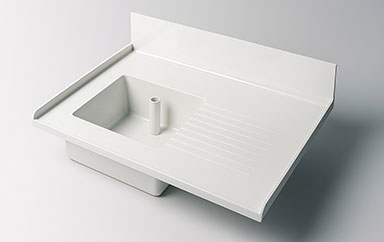 |
Polypropylene sink: the ideal solution for demanding laboratories |
Request your custom polypropylene sink at Quimipol
———————————–
About the Author
Sergi Vinuesa – Sales Manager at Quimipol

